All Posts
View Other Categories
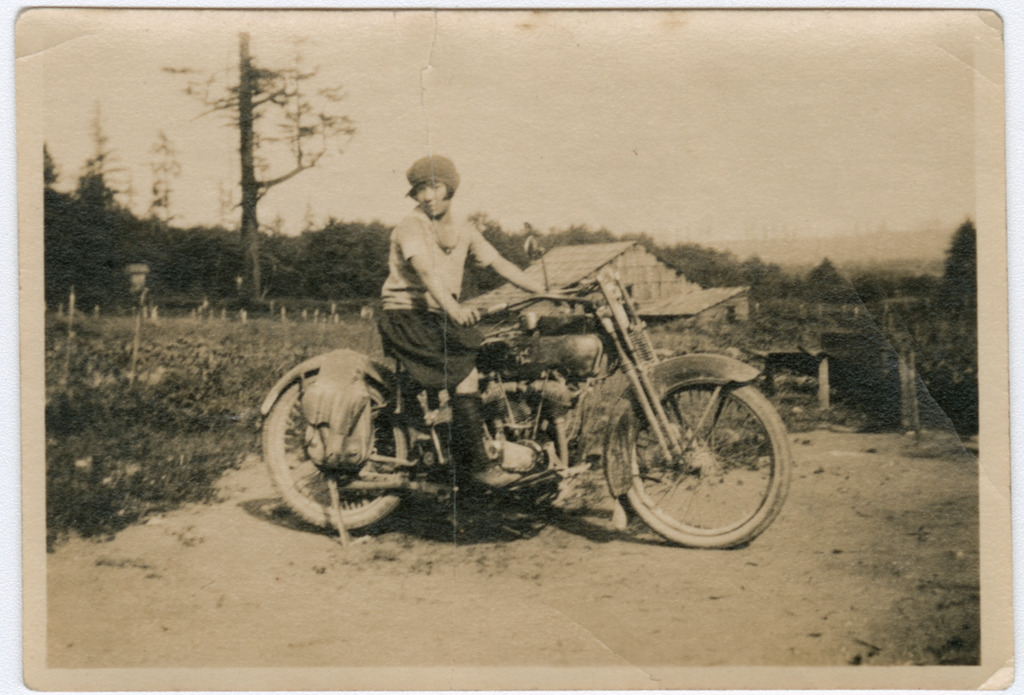
Nikiko Masumoto: “How to Wonder”
This Women’s History Month, we asked writers to submit short responses to photographs of women in the Densho archives or in their own family collections. Today’s submission comes from Nikiko…
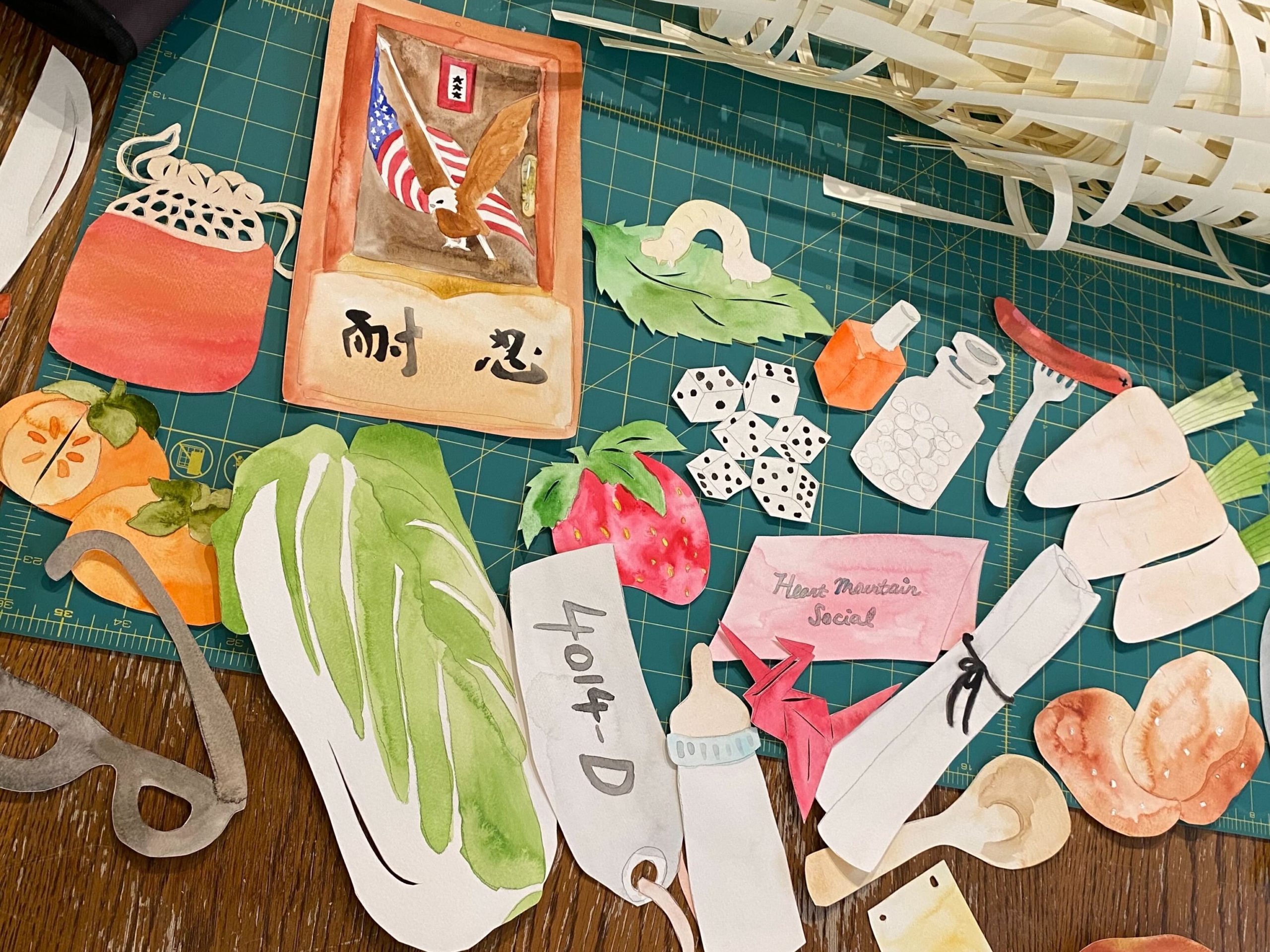
Explore the Memory Net Remembrance Project
Last month we joined our community in a flurry of Day of Remembrance events to mark the 80th anniversary of Executive Order 9066. After some thought-provoking discussions about why this…
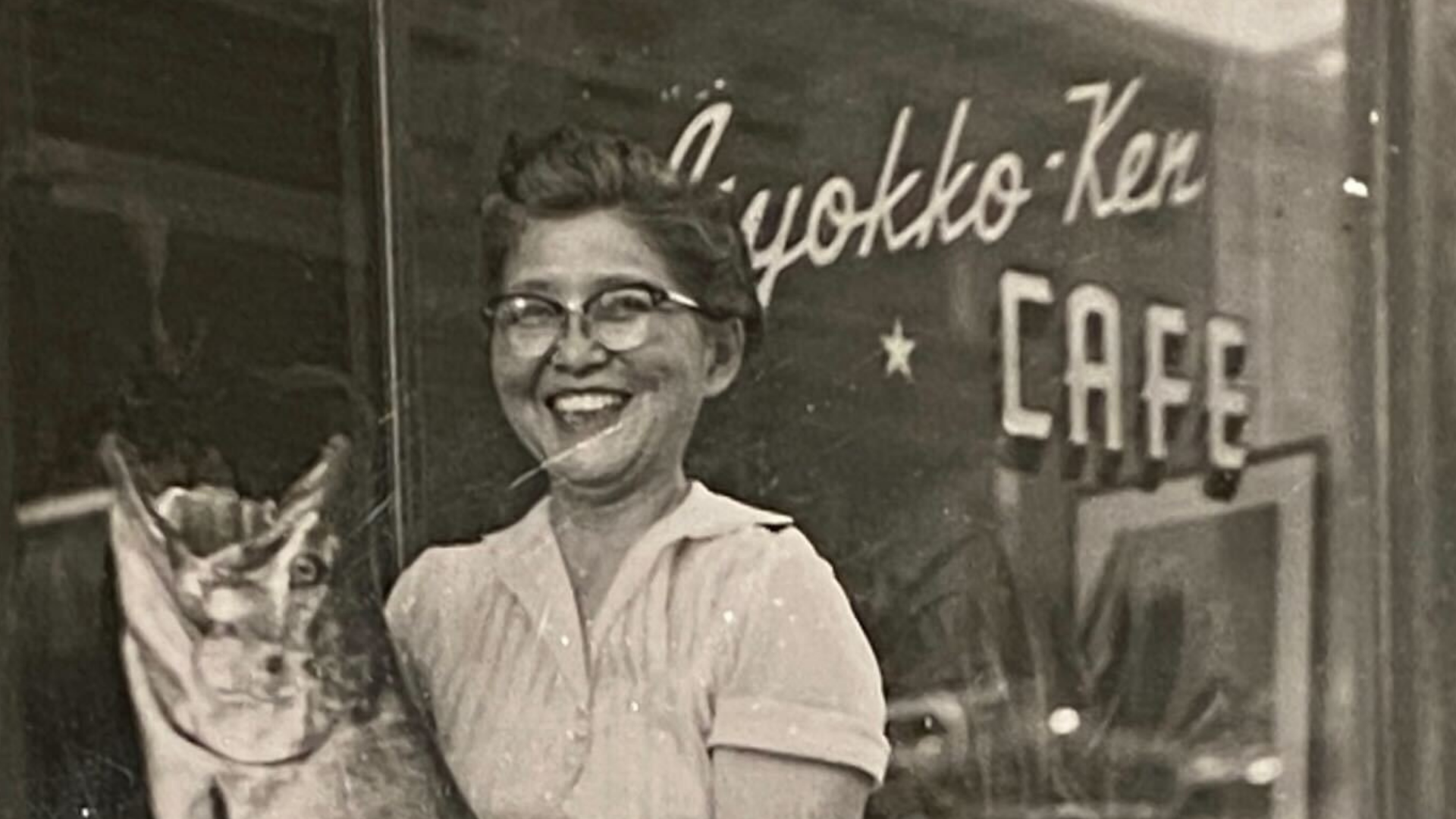
Lauren Ito: “Arrival As We”
To celebrate Women’s History Month this year, we invited a select group of writers to submit short responses to photographs of women in the Densho archives or in their own…

Book Review: Kenjiro Nomura, American Modernist
Densho Content Director Brian Niiya reviews Kenjiro Nomura, American Modernist: An Issei Artist’s Journey, a beautifully illustrated exhibition companion book and biography that completes Barbara Johns’ invaluable trilogy on major…

Join Us at These Day of Remembrance Events to Remember, Reflect & Resist
Since the late 1970s, Japanese Americans across the country have held an annual Day of Remembrance on the anniversary of Executive Order 9066, to honor the memory of those imprisoned…
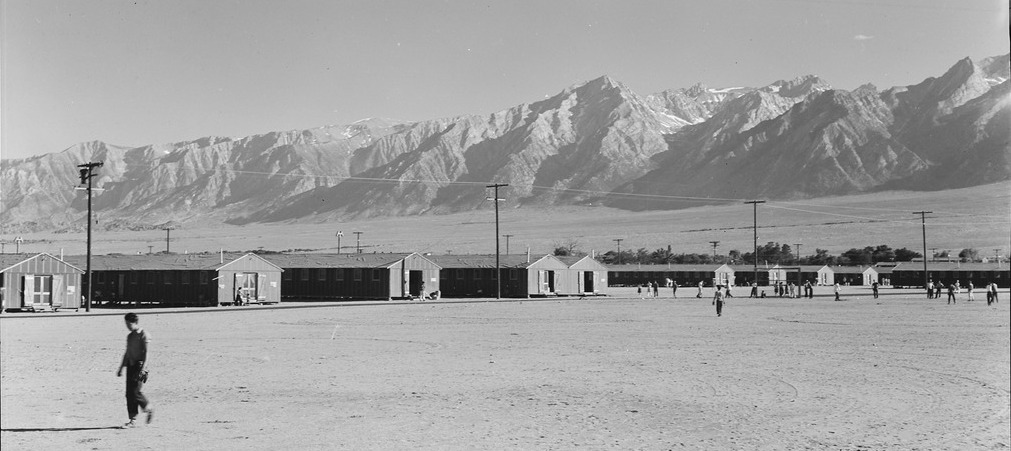
Tom Ikeda: My Retirement from Densho
After 26 years at the helm of Densho as the organization’s founding executive director, Tom Ikeda is announcing his pending retirement. Read a message from Tom below—and join us for…

Introducing the Memory Net Remembrance Project
In recognition of the 80th anniversary of Executive Order 9066, Densho is launching a new community art initiative: the Memory Net Remembrance Project. In collaboration with Densho resident artist Lauren…

Notable Nisei Born 100 Years Ago
One hundred years ago, we were in the midst of a Nisei baby boom, and thus, there are many Nisei whose 100th birthdays deserve some special celebration in 2022. These…
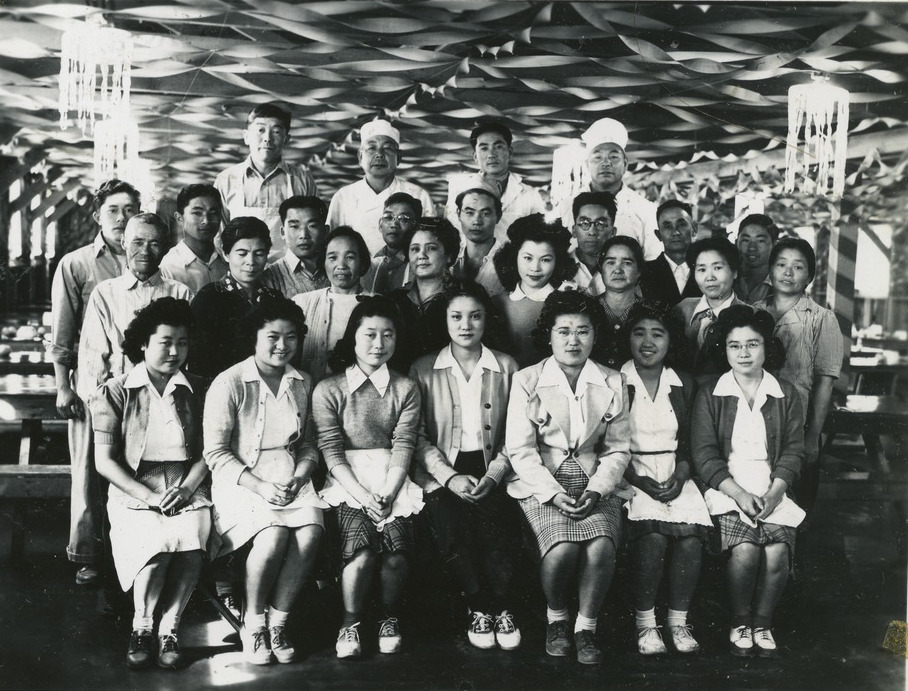
Ask a Historian: Why Were There “Waitresses” in Camp?
In this latest edition of “Ask a Historian,” Densho Content Director Brian Niiya digs into the history behind a photo taken in a mess hall at Topaz concentration camp —and…
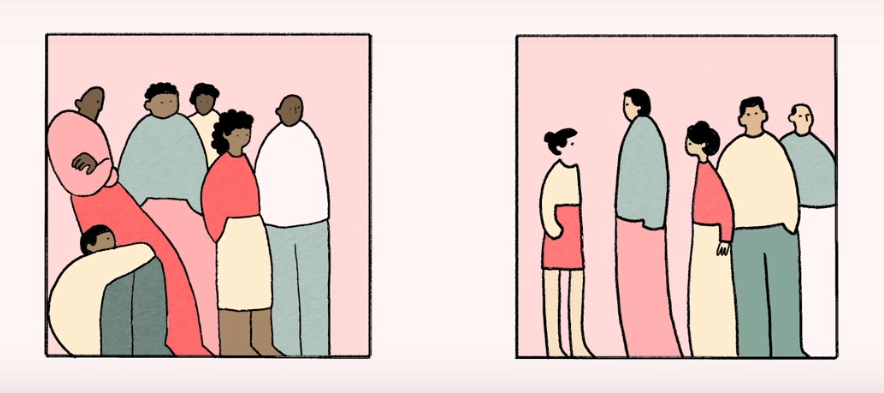
Inventing the “Model Minority”: A Critical Timeline and Reading List
The idea of Asian Americans as a “model minority” has a long and complicated history. By focusing on cherry-picked indicators of “success” like income, education level, and low crime rates—while…

Yoshiko Uchida’s Remarkable—and Underappreciated—Literary Career
I have long been a fan of Yoshiko Uchida, a Berkeley-based writer best known for her children’s and young adult books about the World War II forced removal and incarceration….

Book Review: The Eagles of Heart Mountain
Densho Content Director Brian Niiya reviews The Eagles of Heart Mountain by Bradford Pearson, an entertaining and well-researched popular history of the incarceration told through the story of a group…
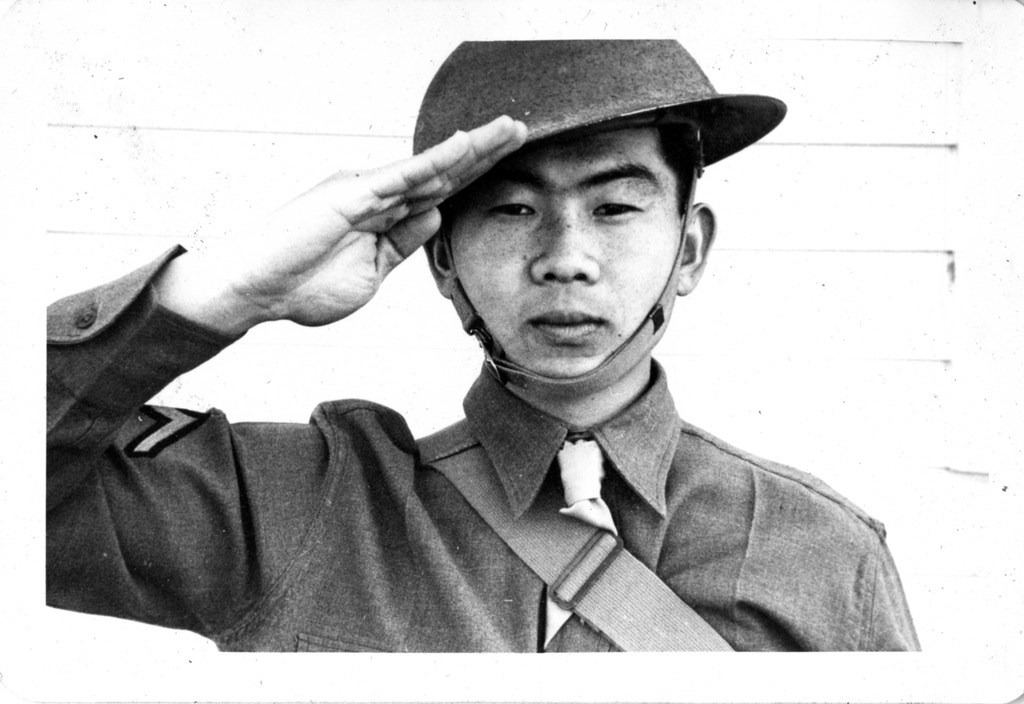
Archives Spotlight: Remembering Nisei Veterans
During World War II, thousands of Japanese Americans served in the U.S. military. Nearly 80 years later, as the number of Nisei veterans with firsthand memories of this history dwindles,…

Naomi Hirahara on the Secret Lives of Nisei in Post-WWII Chicago
Award-winning mystery novelist, public historian, and journalist Naomi Hirahara’s new novel, Clark and Division, follows the story of a young woman searching for the truth about her revered older sister’s…

Highlights from Densho’s 25th Anniversary Gala
This past Saturday, we celebrated Densho’s 25th anniversary at a very special event. Nearly 800 households tuned in for a live show featuring music, dance, art, and story. (Don’t worry,…

Brick Floors, a Polio Outbreak, and Other Unique Aspects of Amache Concentration Camp
Amache was one of ten War Relocation Authority camps where Japanese Americans were incarcerated following the forced removal from the West Coast in 1942. Located in southeastern Colorado, it held…
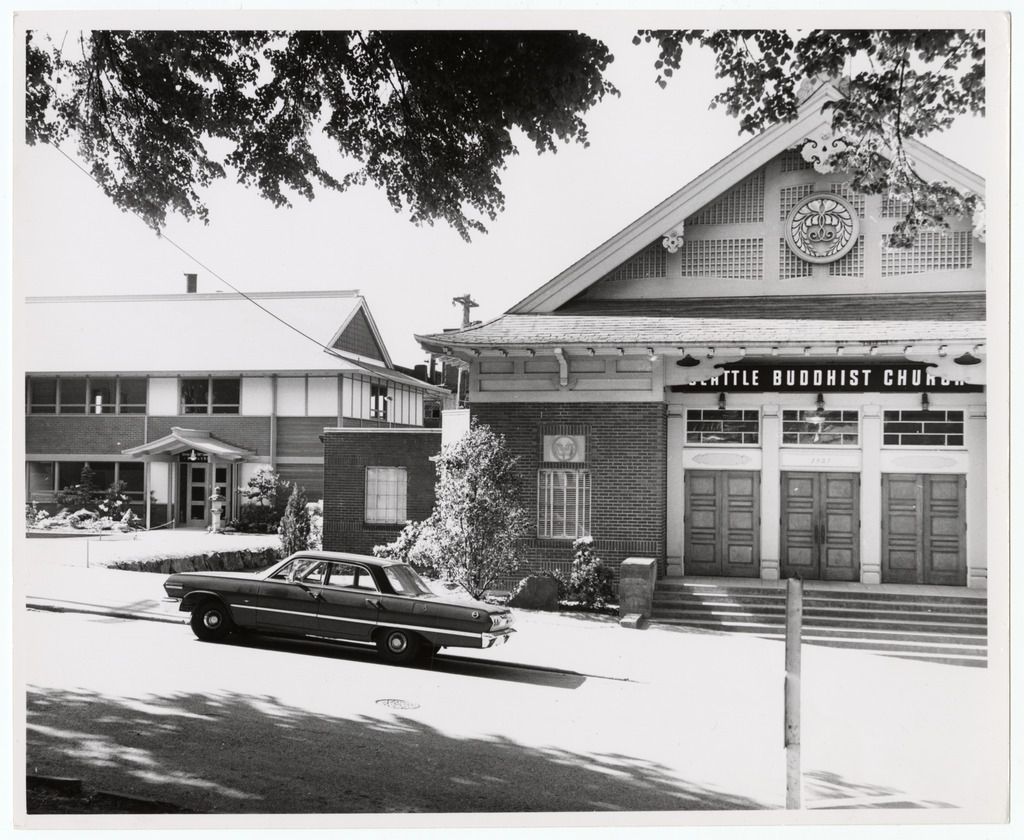
Archives Spotlight: The Seattle Betsuin Buddhist Temple Collections
In honor of American Archives Month, we feature a guest post from Densho Digitization Tech, Christen Greenhill Robichaud. In this essay, Robichaud details her team’s work on an exciting new…
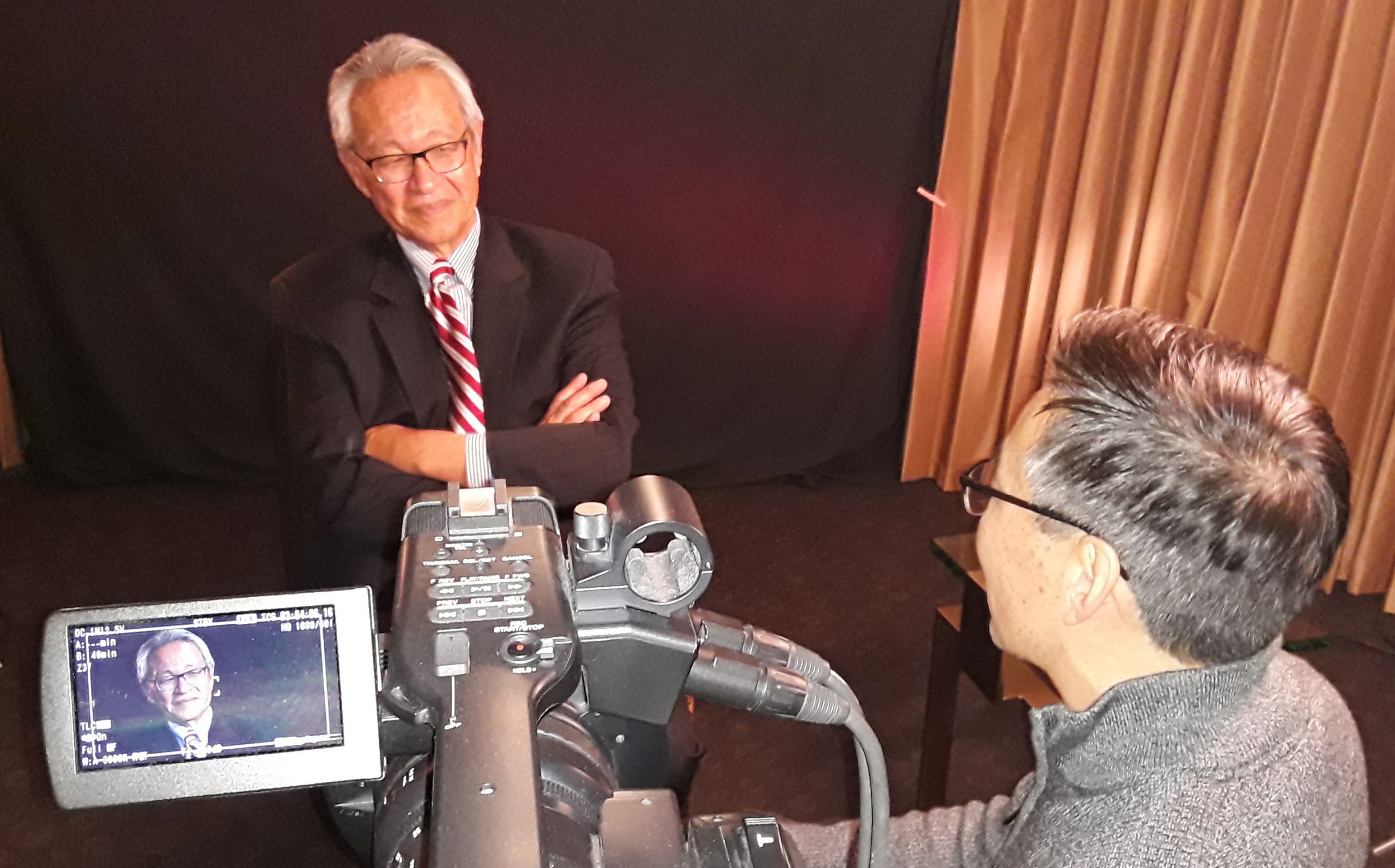
Densho’s Oral History Program Is Back after a Pandemic Pause
Like many oral history projects, we’ve spent much of the last 18 months adapting and adjusting to meet the challenges of the pandemic. Knowing that elders and communities of color…
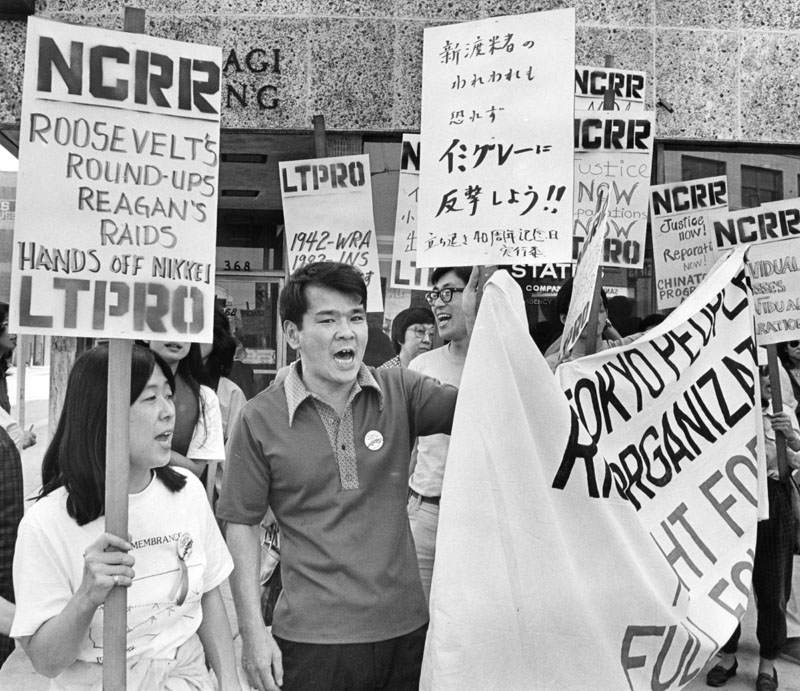
Displacement and Resistance in Japantowns: A Resource List
Japantowns in the U.S. have been shaped by a long history of both exclusion and resilience — from the dispossession of Indigenous peoples to the forced removal of Japanese Americans…
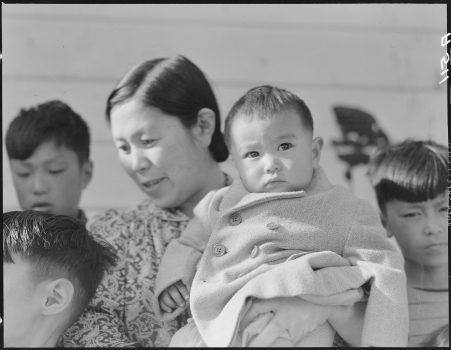
Ask A Historian: How Did Japanese American Mothers Feed Their Babies in Camp?
Densho Content Director Brian Niiya answers a fascinating question from a 99 year old camp survivor who worked in an “assembly center” milk station providing food for infant incarcerees.
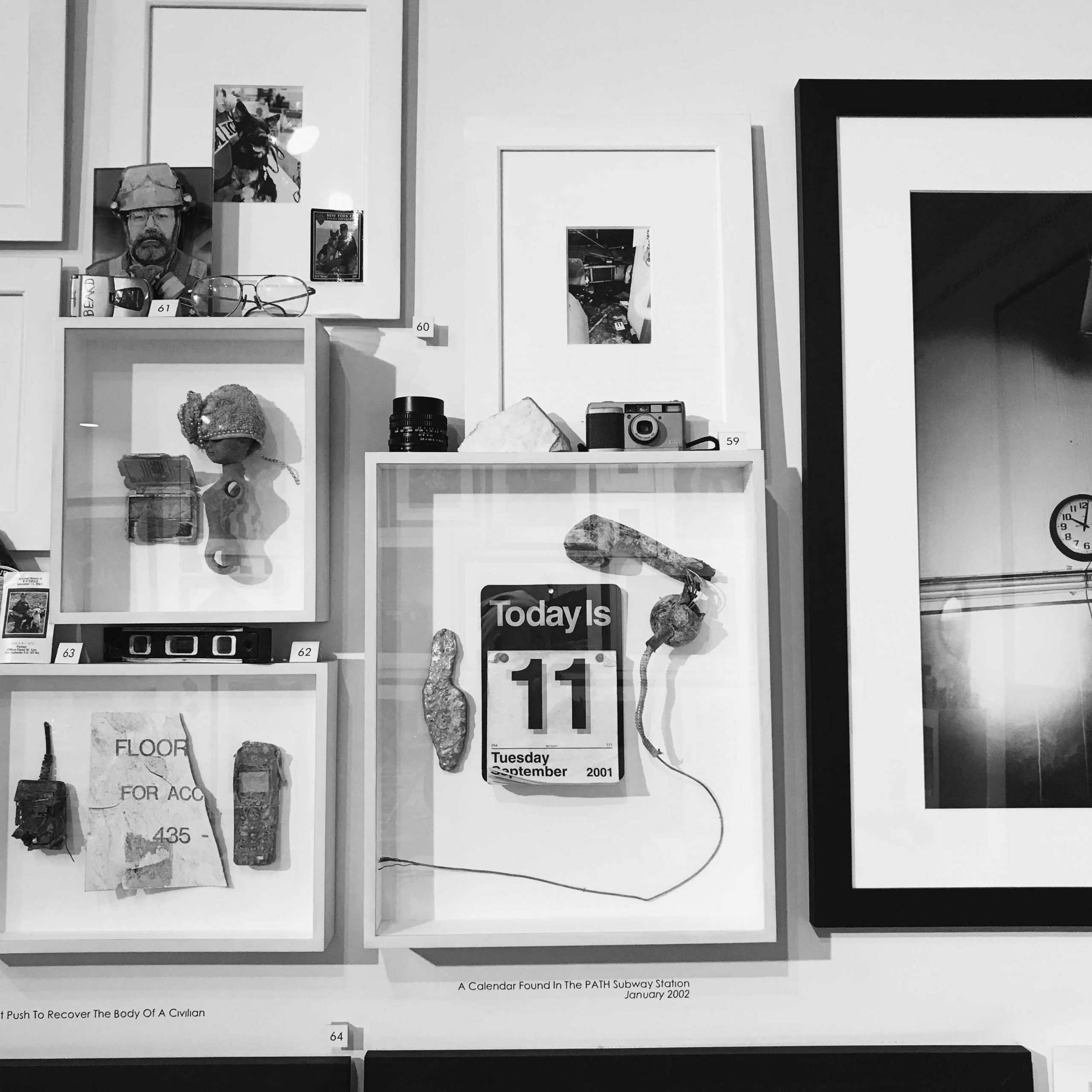
How 9/11 Changed Us
In commemoration of the 20th anniversary of September 11th, Executive Director Tom Ikeda shares his recollections of the aftermath of the attacks and how it radically reshaped Densho’s focus.

Ask a Historian: Where to Find Records on Family Members Sent to DOJ Camps
In this month’s installment of Ask a Historian, Densho Content Director Brian Niiya advises a reader on how to track down records of Japanese Americans arrested as “enemy aliens” and…
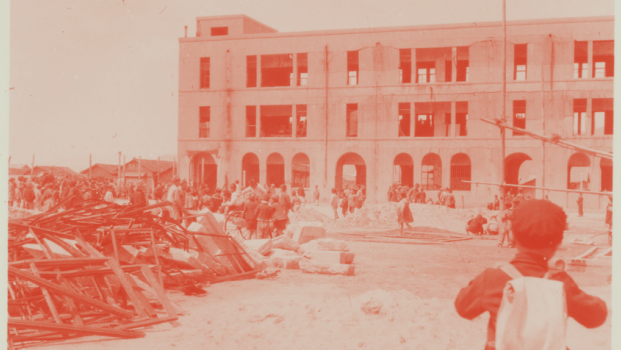
Thousands of Japanese Americans Were in Hiroshima and Nagasaki in 1945. The US Government Still Won’t Recognize Them.
Early in the morning on August 6, 1945, an American warplane cut through the cloudless sky over Hiroshima and dropped a single, devastating bomb, obliterating the hospital directly below the…
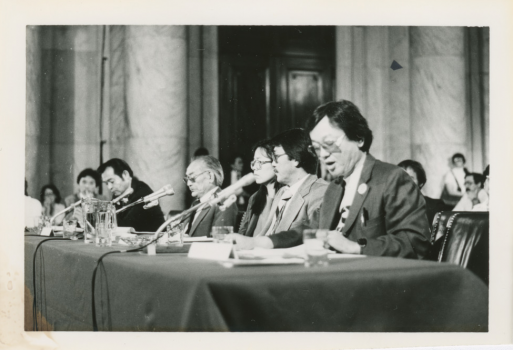
Photo Essay: Japanese Americans Demand “Justice Long Overdue” at 1981 Redress Hearings
In July 1981, congressional hearings on Japanese American WWII incarceration began in the nation’s capitol. For two days, witnesses spoke out to expose the cruel facts and painful memories surrounding…